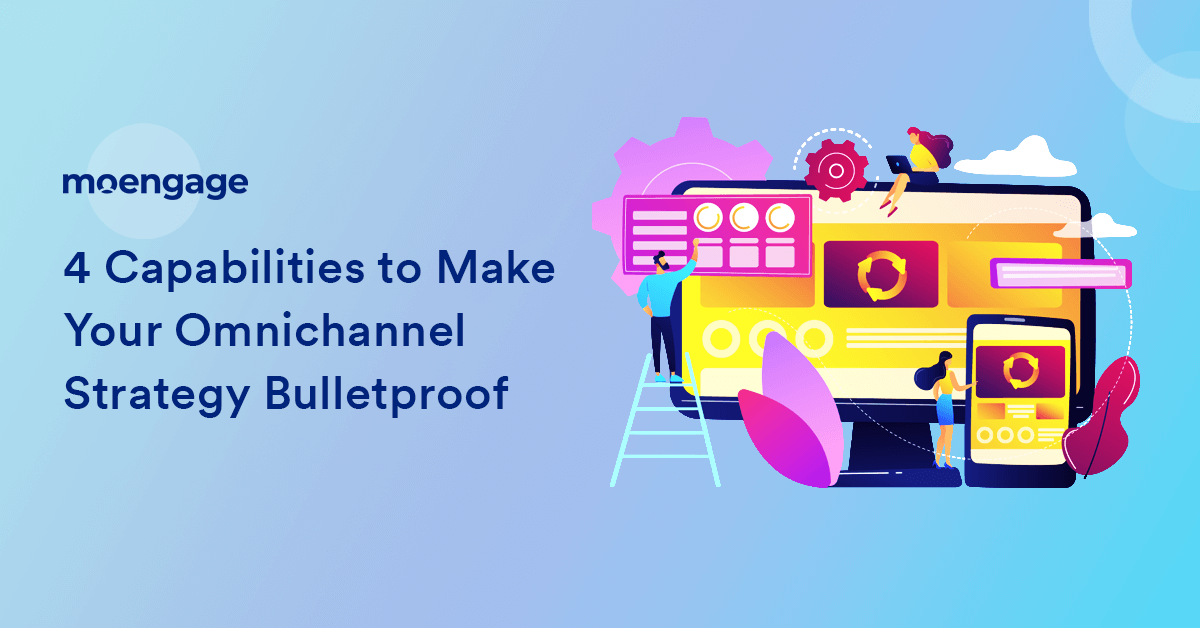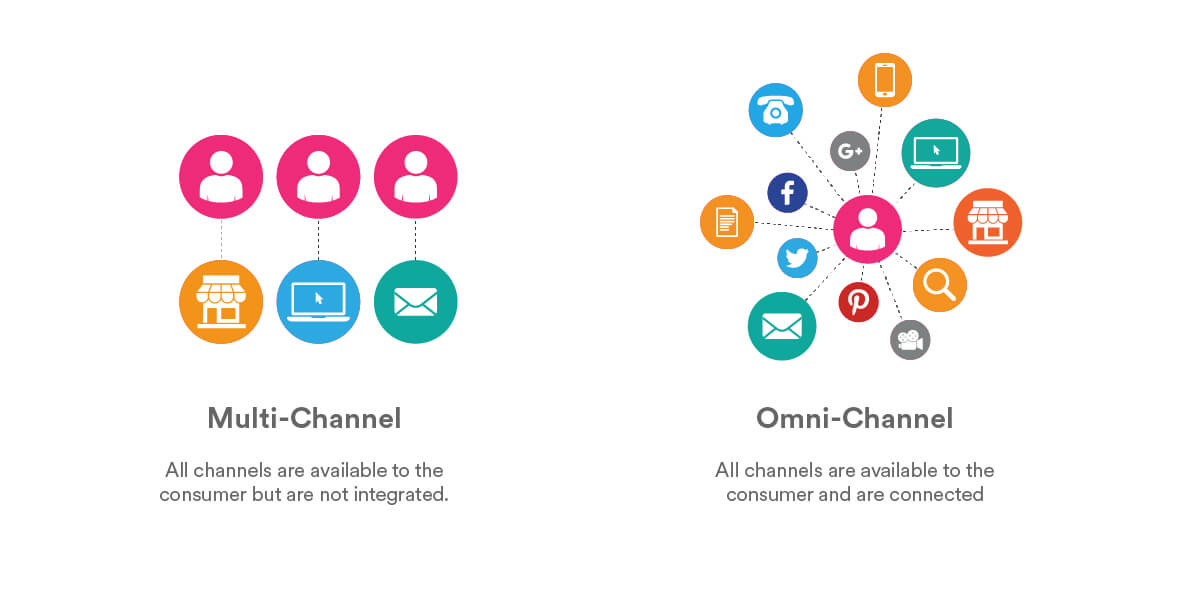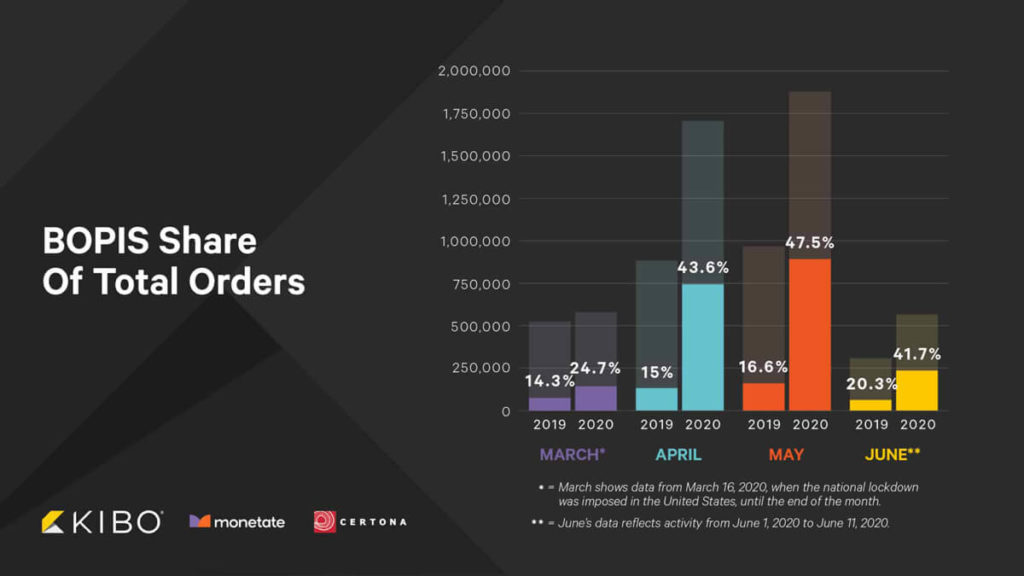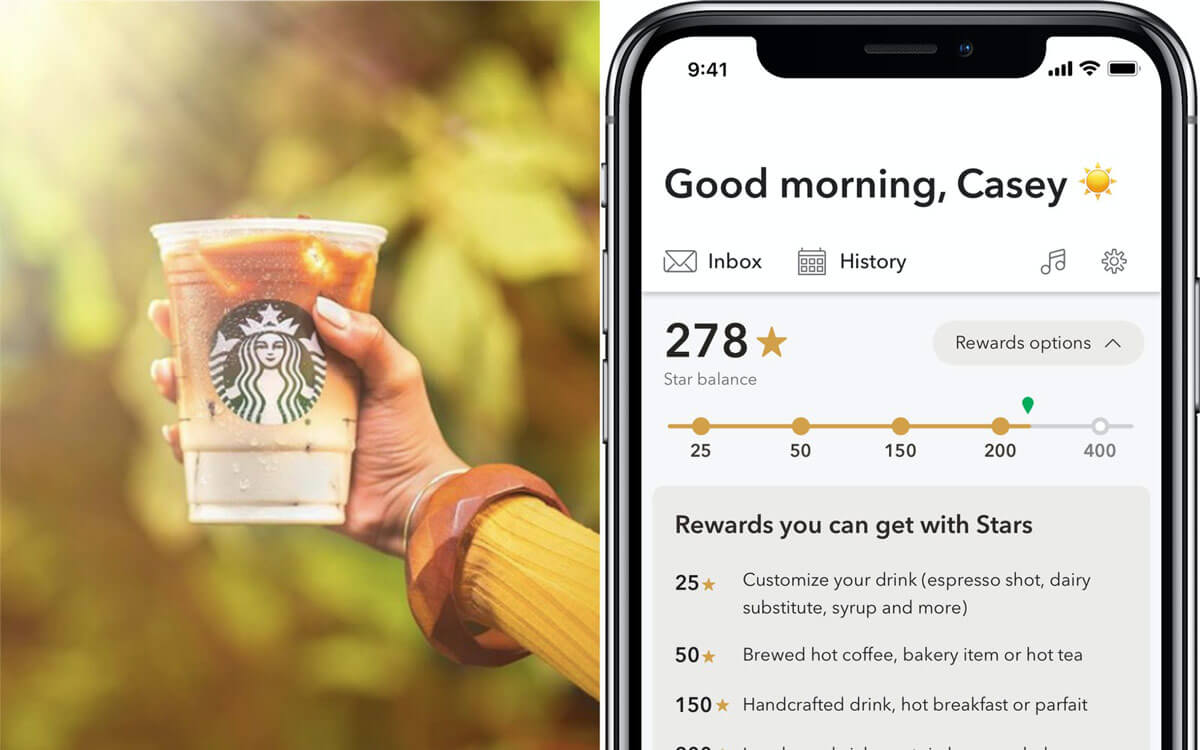Omnichannel Capabilities Your Brand May Need to Adopt in 2023

Martha was extremely excited about her husband’s fortieth birthday. After extensive online research, she decided to gift him a designer watch by a luxury brand. Since the birthday was only a couple of days away, she planned to pick up the watch in the evening on her way home. She visited the brand’s website to find a store nearby. Luckily, a store was only a few miles away from her office. However, only one watch was available in the color she wanted.
Instantly, she clicked on the live chat icon and shared her concern – what if someone else picked up the watch before she visited the store? Within a few minutes, she received an email and a text message saying the product was reserved for her and she could pick it up any time before the store closed for the day. A payment link was included in the communication to make the transaction seamless.
When Martha reached the store in the evening to pick up the watch, she was delighted to find it nicely wrapped with a birthday card for her husband. She could also redeem a 10% discount voucher on her next purchase.
Jim was looking for a pair of black shoes in another time zone. After comparing several pairs on his mobile from his favorite brand, he chose one and added it to the cart. At the same time, an email popped on his screen, and he left the cart to complete the purchase later. Once home, he opened his laptop to revisit the options he had compared in the afternoon and chose another pair. He opted to pick up the pair from a nearby store on his way to work the following day.
Omnichannel shopping experiences look very much like these two examples that highlight the dynamic nature of today’s retail environment. Consumers switch between multiple channels, devices, and touchpoints and expect their shopping experience to be seamless and consistent, regardless of how, when, and where they shop. If they experience friction at any point on their journey, they’re likely to switch to a competitor delivering the experience they have come to expect. For instance, if Jim’s profile wasn’t synced across devices, he couldn’t have revisited the items he had compared in the morning and was likely to find another seller with a more consistent experience.
Bulletproof Your Omnichannel Strategy With These Must-Have Capabilities
According to stats, 90% of consumers want an omnichannel experience, with seamless service between various communication methods. This translates into two challenges for brands—one, offering multiple touchpoints to customers to meet their growing expectations, second, seamlessly integrating one touchpoint to another for a unified experience.
Here are some capabilities to knock down the siloes and transcend multi-channel to omnichannel to meet customer expectations successfully.
1. Enabling Omnichannel Customer Service
 |
An omnichannel approach aims to provide customers with a seamless shopping experience, whether online from their phone or in a brick-and-mortar store. Therefore, an omnichannel strategy requires integration at multiple levels, including distribution, marketing, and communication.
For instance, customers hate repeating themselves. So, if I place an online complaint, I expect the customer service agent that answers my phone to have the details of my complaint.
To enable this, contact center employees must have an all-in-one interface that consolidates information from all digital channels into a single customer interface for quick access to customer profile information and interaction history.
Additionally, omnichannel solutions must support popular web and mobile-based messaging apps, including WhatsApp and Facebook Messenger, which have emerged as popular customer service channels.
Social media is yet another area that needs careful attention. Many brands create dedicated customer support pages to respond directly to customer queries on their favorite platforms without delay. Such an approach can have various benefits, including higher engagement and a positive brand image.
2. Connecting Bricks to Clicks
Despite the rapid boom in E-commerce sales, we have still not reached a stage where brands can completely shut shop in brick-and-mortar stores. If anything, there’s an increasing demand for in-store pickups – a model that provides the convenience of shopping online and the satisfaction of instantly receiving what you want. Even Amazon is rapidly increasing its stores in the US and UK because it foresees a connected future for shopping.
Simply put, stores can be highly efficient and convenient for fulfilling online orders, especially if your web and store inventory is integrated. Multiple stores make it possible to save on shipping charges by allowing a brand to ship from a store closest to the consumer. It also enables buy online pickup in-store (BOPIS) and curbside pickups for consumers who prefer not to shop in person.

|
3. Cross-channel Inventory Visibility
Enabling customers to check the store availability of a product while shopping online is a valuable feature every E-commerce site must integrate. As per Google data, 53% of shoppers constantly research before buying a product. Furthermore, 82% of regular shoppers search online before purchasing a product. This means whether a sale happens online or offline – the occasion for the purchase typically starts online.
One report found that almost half the consumers want to check product availability online before visiting a store. Unfortunately, only a fraction of retailers offer this capability, which impedes an omnichannel shopping experience severely.
Cross-channel visibility into the inventory helps consumers pick the most feasible method for completing their purchase. Especially for consumers who will remain wary of in-person shopping in the future, such cross-channel visibility into the inventory can drive more sales and improve customer loyalty significantly.
4. An Omnichannel Marketing Approach
Starbucks, known for its world-class coffee, is also a leader in omnichannel marketing. Starbucks offers its customers a loyalty card that can be used to pay for their coffee. Customers can reload the card on their phone, mobile app, or in-store, and the changes are updated in real-time across all channels. So, if I’m waiting in queue to get my coffee and see my balance running low, I can add more cash to my card using my smartphone and immediately use it to pay for my coffee at the till.

|
So what did Starbucks do here? It made the ordering and paying for my coffee seamless by integrating multiple payment channels and rewards into a single interface. But that’s not all; Starbucks also takes personalization very seriously. It regularly sends personalized offers to customers for their favorite drinks using push notifications whenever they’re in the vicinity of a store.
Any business that wishes to succeed in the present business landscape needs to adopt a similar omnichannel marketing strategy. Remember, your customers don’t see your brands in siloes and expect the same voice and messaging on their various channels. Besides, they expect a high personalization across touchpoints that can only be driven through integrated data insights from different channels.
A single view of customers’ shopping preferences, contact details, buying behaviors, order history, etc., is vital to omnichannel retail. Unifying all the data you collect from your customers’ interactions helps you segment them better to facilitate seamless and satisfying experiences. A unified customer view enables you to engage your marketing campaigns better and effectively deliver relevant communications across physical and digital channels.
A marketing automation platform like MoEngage can help you simplify each step of the customer journey and boost your ROI through insightful data and relevant communications that lead to higher engagement and more sales.
Request a demo to learn more about our marketing automation platform and how it can boost your marketing plan.
Here’s What You Can Read Next |












